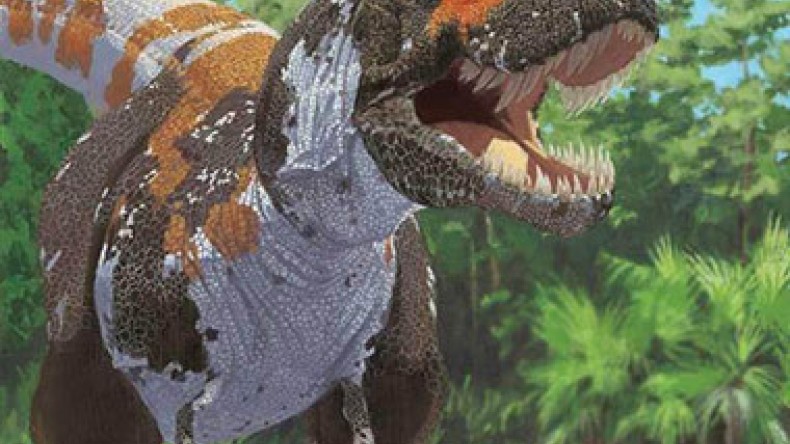
Dinosaurs 'neither warm nor cold blooded'
Dinosaurs fit in an intermediate class between warm and cold blooded animals, a study in the journal Science claims, according to the BBC.
Scientists compared the growth rates of hundreds of living and extinct species, using growth rings and bone size to calculate the rates for dinosaurs.
They linked growth rate to metabolic rate, the measure of energy use that divides warm and cold blooded animals.
The study suggests that the dinosaurs fall into a middle category, in a fresh contribution to an enduring debate.
Warm blooded animals, like mammals and birds, need a lot of fuel and use that energy to their advantage, including faster movement and boosted brain power. In burning all that food they also maintain a high, stable body temperature.
Cold blooded animals are more economical, but lack those advantages.
"If I were eating sandwiches all day... I might have to eat five," explained John Grady, the study's first author and a PhD student at the University of New Mexico. "But a reptile [my size] can eat maybe a couple of sandwiches in a whole week."
Scientists define these different strategies as "endothermy" (endo for inside; therm for heat) and "ectothermy."
The question of which biological system underpinned the lumbering success of the dinosaurs is arguably "the last big one", Mr Grady told the BBC - following other big debates over their extinction and their relationship to birds.
His paper proposes that dinosaurs may have used a not-too-hot, not-too-cold approach: "mesothermy."
The evidence for this idea comes from a big survey of the growth rates in 381 different species, including 21 dinosaurs. Because bones show growth rings much like trees, the size of fossilised dinosaur bones at different ages allows palaeontologists to calculate how fast they put on weight over a lifetime.
Information from the hundreds of living species showed that metabolic rate - the sandwich factor - is higher in animals that grow faster.
"If you double your metabolic rate, you roughly double your growth rate," Mr Grady said.
So he and his colleagues took growth rate as an indicator of metabolism, and found that dinosaurs occupied a middle ground, somewhere in between modern reptiles and mammals.
Their results also place several living animals with unusual energy habits into the proposed mesothermic category.
Tuna, some sharks, and the leatherback turtle, for example, generate more heat than other fish and reptiles, while the echidna, Australia's spiny egg-laying mammal, shows an un-mammalian inability to maintain a constant body temperature.
Newsfeed
Videos






























